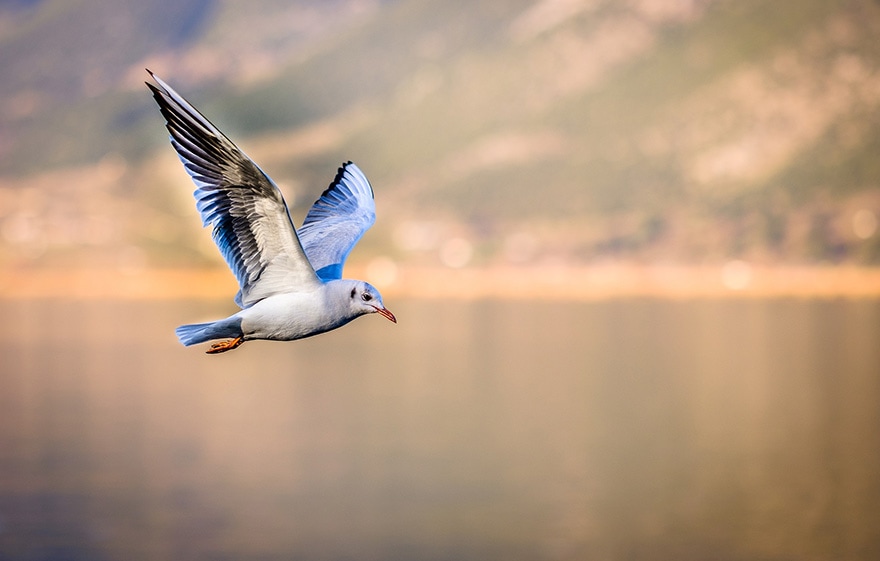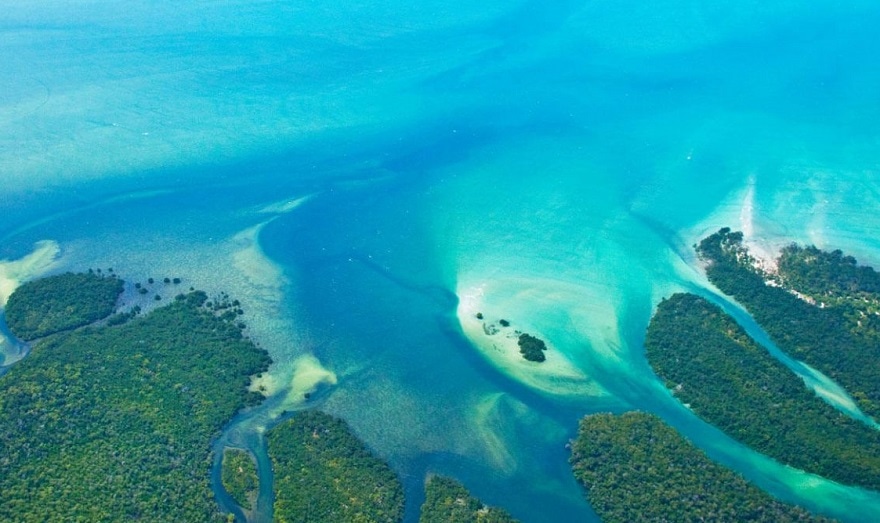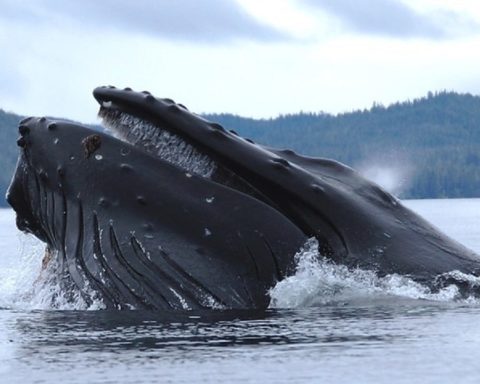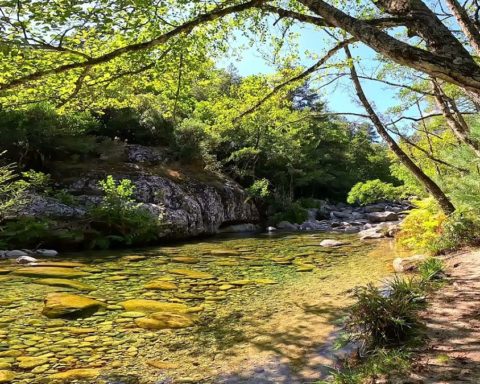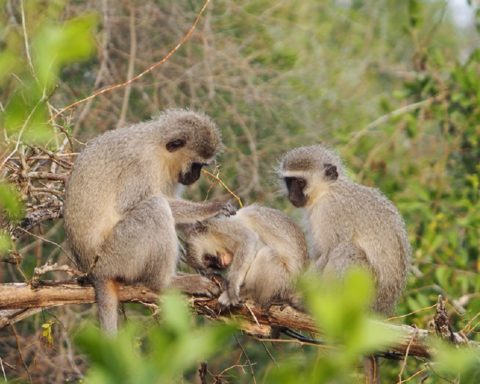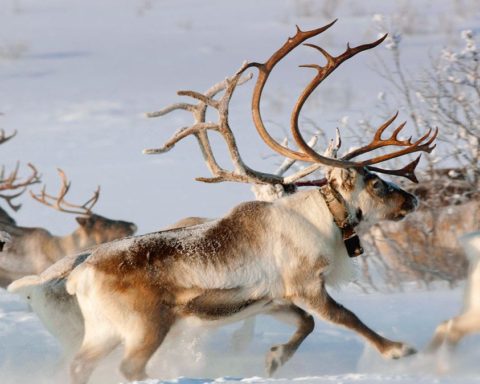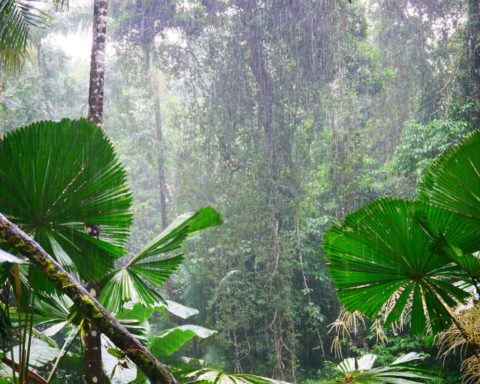Threats of massive decline
READ UP : Spring will be silent: "vertiginous" decline of country birds.
Humanity is concerned
Nature in turmoil
READ IN UP' : Paris-Roissy axis: a new world showcase for urban and ecological agriculture
The countdown to the great collapse
READ IN UP' : 55 manufacturers and federations committed to recycling and eco-design
Anything to add? Say it as a comment.

